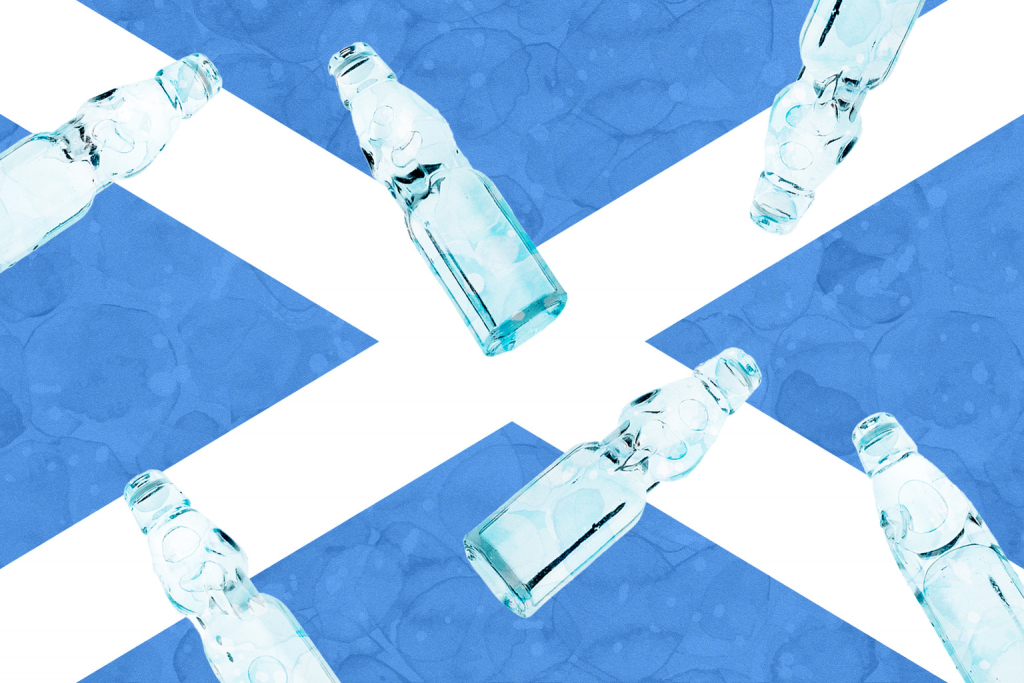Despite being a tiny nation in the north of Europe, Scotland packs a punch in terms of its global cultural, theoretical and technological influences and innovations. Television (John Logie Baird), the telephone (Alexander Graham Bell), psychiatry (R.D. Laing) and modern economics (Adam Smith) were all pioneered by Scots.
As for Scotland’s relationship with Japan, that goes back to the beginning of the Meiji Period (1868–1912) with engineers and inventors traveling to the Far East and, in their own ways, changing the face, infrastructure and future of their adopted homeland. Here we list a few of the Scots who had their hand in creating modern Japan.
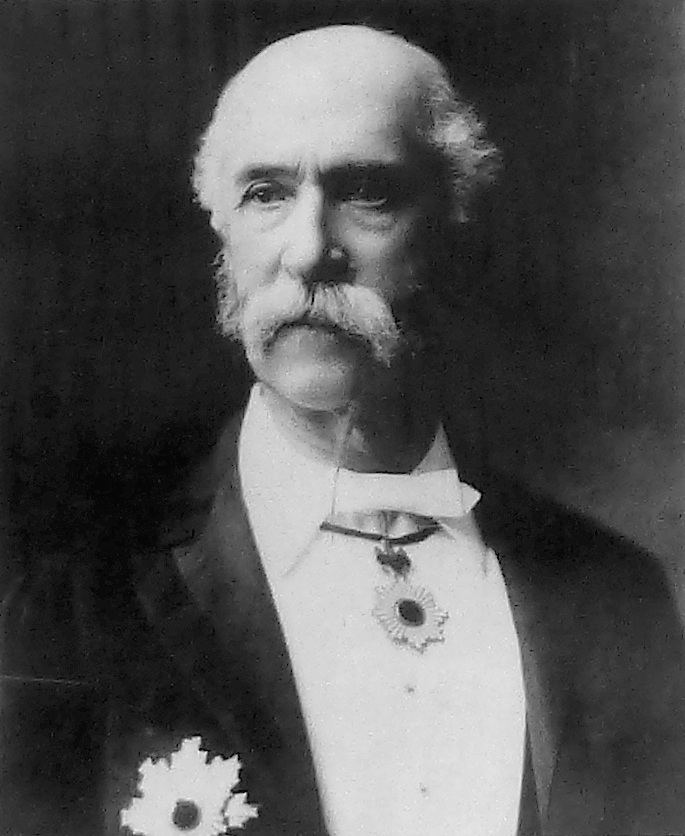
Thomas Blake Glover, Order of the Rising Sun (6 June 1838 – 16 December 1911) was a Scottish merchant in Bakumatsu and Meiji Period Japan.
1. Thomas Blake Glover
Any list of Scots who have influenced Japan has to include the name Thomas Blake Glover. The merchant from Fraserburgh in the north of Scotland, is probably, even in 2022, the most well-known Scot in Japan. His home in Nagasaki, the first western-style building in the country, is now protected as a National Important Cultural Property. In his action-packed life and time in Japan he assisted the shipbuilding company which was to become Mitsubishi Corporation and helped establish the predecessor to Kirin Brewery Company which is still one of Japan’s most popular brands of beer. Adored in Nagasaki, Glover’s name is still talked about. He goes down as probably the most influential Scottish person in Japanese history.

2. Alexander Cameron Sim
Any fans of the wondrous Japanese soft drink ramune might well have, at one point, asked themselves who invented this miracle beverage. Well, the answer comes in the form of Alexander Cameron Sim, a pharmacist hailing from Aberlour in Moray, who lived in Japan during the Meiji Period.
In 1884 Sim, who also founded the Kobe Regatta & Athletic Club, introduced a lemonade-like drink originally known as “mabu soda” or “marble soda” due to the marbles which are found at the top of the bottle. It became hugely popular among the foreign contingent in Kobe and was later rebranded as ramune (which sounds a bit like lemonade). Sold all over the country, it’s still popular with young and old alike to this very day.
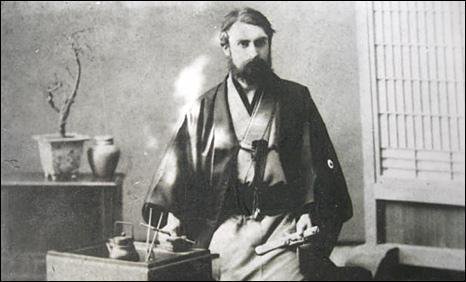
William Kinnimond Burton (Source: The Life and Legacy of William Kinnemond Burton)
3. W.K. Burton
Edinburgh-born Burton, something of a polymath, became one of the most prominent foreign influencers in Japan during the Meiji Period. In addition to designing Tokyo’s first-ever skyscraper, Ryounkaku in Asakusa which was built in 1890 and later leveled during the Great Kanto Earthquake of 1923, Burton was responsible for planning and overseeing the water and drainage systems of several cities in Japan including the capital. A genius engineer and visionary he was also known as a prolific photographer and documenter of Japanese life. He helped to introduce the country to the West through his photographs that were published in several British magazines of the time.
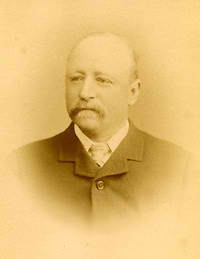
Richard Henry Brunton (Source)
4. Richard Henry Brunton
“The father of Japanese lighthouses,” Brunton was employed by the Meiji government as an adviser. The 26 lighthouses, constructed by Brunton, across Japan became known as “Brunton’s children” and some of them are still standing today. The influential engineer from Muchalls, also founded Japan’s inaugural School of Civil Engineering. Brunton had a massive impact on Japan and is particularly well known in Yokohama as he created the first detailed maps of the port city, planned its sewage system, paved streets, gas lights and other innovations which helped make Japan’s second largest city into the powerhouse it is today.
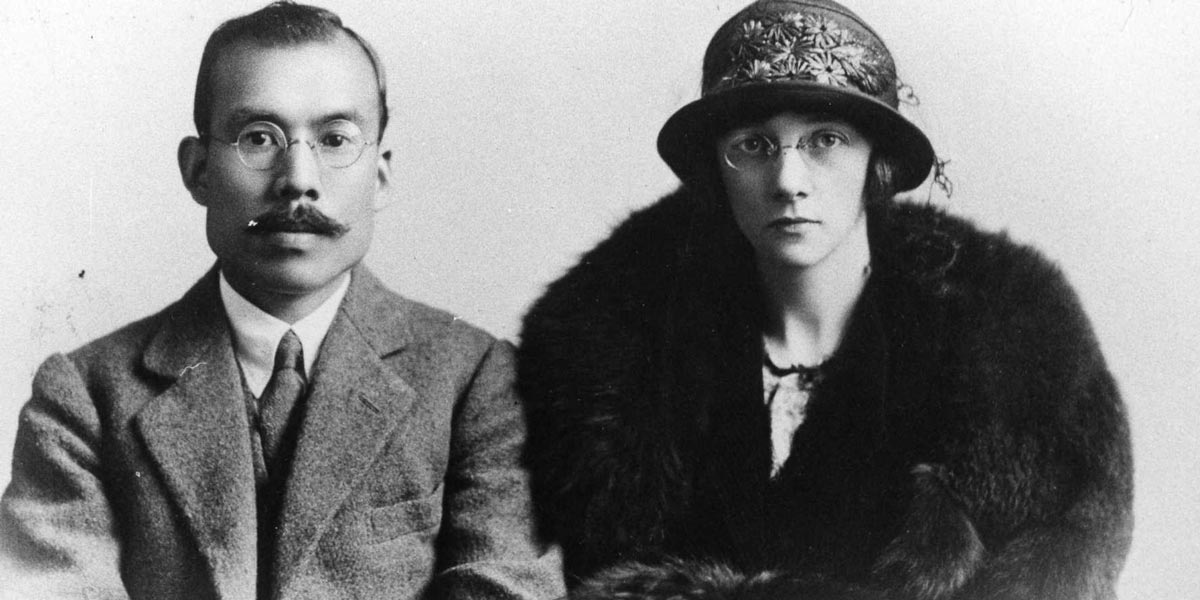
Masataka and Rita Taketsuru (Source)
5. Rita and Masataka Taketsuru
In 1920 Jessie Cowan aka Rita Taketsuru, hailing from Kirkintilloch near Glasgow, married her Japanese husband Masataka Taketsuru while he was studying chemistry at the University of Glasgow. The couple soon moved to Osaka and later to Hokkaido where they founded the Nikka distillery which, to this day, is one of Japan’s most popular brands of whiskey. Their story was immortalized in NHK’s popular asadora (morning drama) Massan which aired between 2014 and 2015. It starred American actress Charlotte Kate Fox as Rita and Tetsuji Tamayama as Masataka.
6. Momus
Nick Currie aka Momus, although never mainstream famous, had an influential impact on the 1990s Shibuya-kei scene. Paisley-born Currie, a prolific singer-songwriter is known more nowadays as a cultural intellectual, author and vlogger at his essential Mrs Tsk * Tumblr site.
In the ’90s the microgenre Shibuya-kei was encapsulated by a particular aesthetic and a music scene which centered around this specific district of central Tokyo with bands and artists such as Cornelius, Pizzicato 5 and Takako Minekawa becoming semi-household names. Currie wrote songs for and collaborated with Kahimi Karie who ultimately became the face of Shibuya-kei. The eccentric Scot found himself in demand in Japan and his own records, to this day, sell reasonably well here. Globetrotting Currie who every few years moves somewhere else in the world, lived until recently in Osaka.

